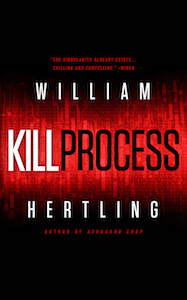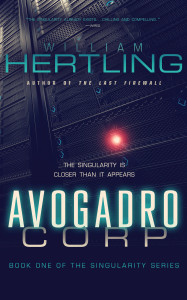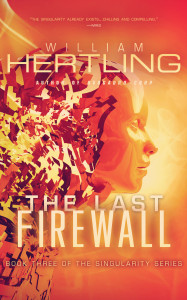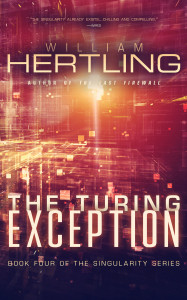George Mendeluk
What a Director Looks for in a Screenplay
#wwc12
- Books
- Must: The Writer’s Journey. Mythic Structure… by Christopher Vogler.
- Lagos Egri
- Writing the Script: Sid Fields
- Director-Writer-Producer
- self-taught
- A screenplay isn’t a piece of literature. It’s a framework or a skeleton that’s supposed to evoke. Movies are a collaborative effort. A director fills in the spaces between the words.
- Actions tells us whether a person is a hero or not, not their words.
- A screenplay tells us theme and architecture.
- Directors learn to feel for the structure under the skin.
- Subtext is one of a directors most valuable tools (not the words).
- Screenplays must suggest to and titillate a director, more than tell exactly what it should look like.
- (A pitch should tell this theme and premise.)
- Theme might not emerge in the first draft of a script, but it should later.
- A clearcut premise almost always rolls right into the synopsis by itself.
- The protagonist will fuel the plot.
- A well defined, compelling character will attract strong talent, which will help line up a distributor.
- Characters can be more compelling to the people you pitch to than plot. There’s only so many plots, and they’ve all be done before. But a well defined character is compelling.
- Link to the basic plots in literature (1 plot, 3 plots, 7 plots, 20 plots, 36 plots):
- Joseph Campbell: The Hero’s Journey
- The character defines the plot, not the other way around.
- Structure
- Act 1: 30 screenplay pages
- Ordinary World
- Call to adventure
- Refusal
- Mentor
- First Threshold
- Act 2: 60 pages
- Tests, Allies, Enemies
- Approach to Inmost Cave
- Supreme Ordeal
- Reward (Seizing the Sword)
- The Road Back
- Act 3: 30 pages
- Resurrection
- Return with the Elixir
Act 1: Hero’s Decision to Act
Act 2: The Action
Act 3: Consequences of the Action





